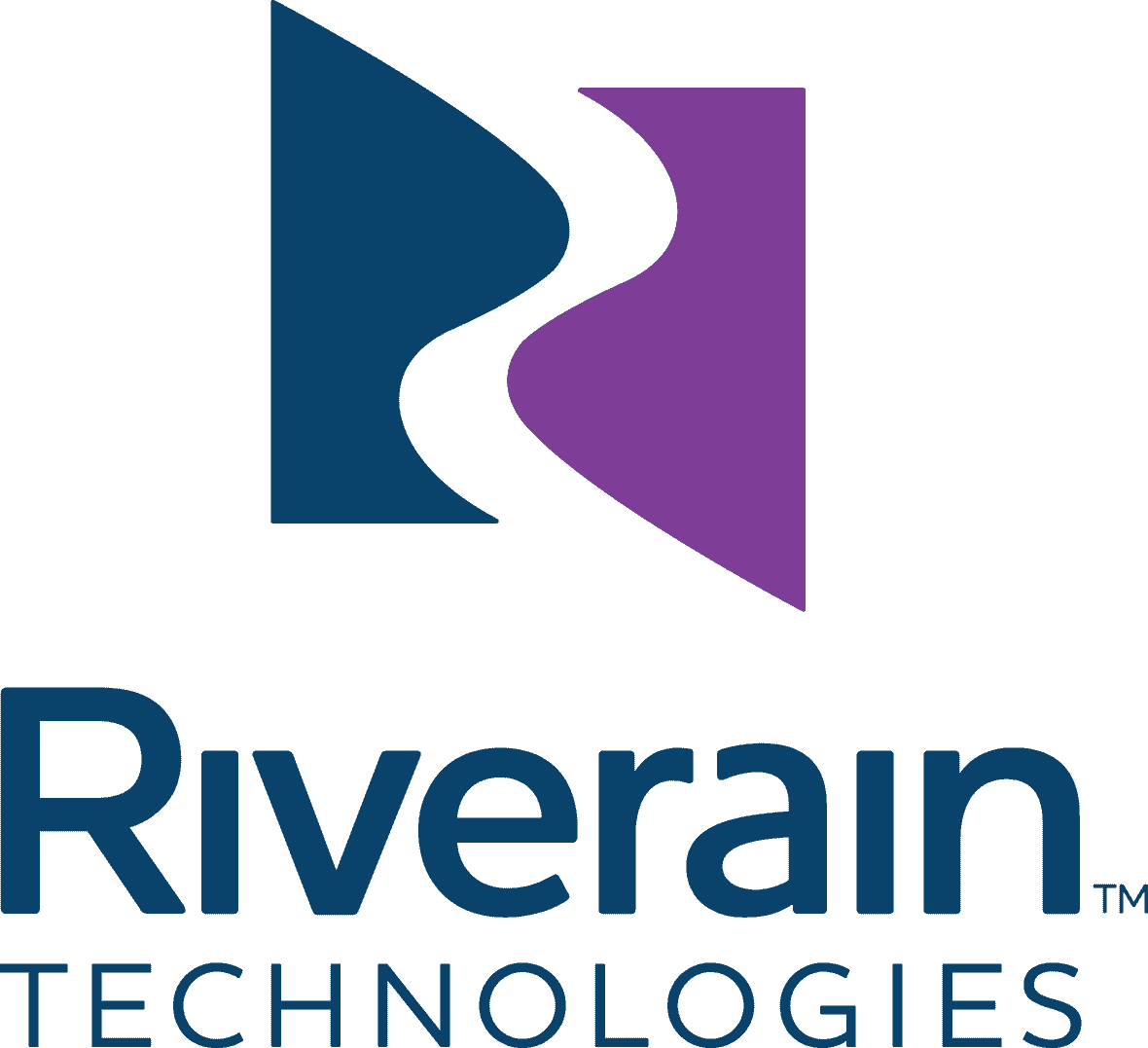|
Intelerad’s Reporting Play | Radiologist Monitoring
August 17, 2022
|
|
|

|
|
Together with
|

|
|
|
“Just what I want, my study being read by a radiologist with a clock watching over their shoulder. “
|
|
Emergency physician, Tom Nelson DO, on the growing use of radiologist productivity monitoring solutions.
|
|

|
|
Intelerad continued its M&A streak, acquiring radiology reporting company, PenRad Technologies, in a relatively small deal that might have a much bigger impact than some think.
PenRad has a solid share of the breast and lung cancer screening reporting segments, making it a target of a number of PACS vendors in recent years.
The acquisition is another example of Intelerad using its private equity backing to complete its informatics portfolio, following a series of deals that allowed its expansions into new clinical areas (cardiac, OB/GYN), regions (UK), technologies (cloud), and functionalities (image sharing, cloud VNA).
Adding PenRad will immediately give Intelerad three proven cancer screening reporting solutions to offer to its PACS customers, while bringing Intelerad into an untold number of PenRad accounts that it didn’t work with before now.
The deal’s long-term impact will likely be dictated by how well Intelerad integrates and enhances its new PenRad technologies. If Intelerad is able to seamlessly integrate its PACS/worklist with PenRad’s dictation/reporting, it could create a truly unique advantage — especially if Intelerad expands its reporting capabilities beyond just cancer screening.
Intelerad’s PenRad acquisition and Sirona’s unified radiology platform also highlight the differentiating role that integrated reporting might play in future enterprise imaging portfolios, although there aren’t many more reporting companies still available for acquisition.
The Takeaway
Informatics veterans might point out that it’s much easier to acquire a portfolio of companies than it is to integrate all that software — and they’d be correct. That said, most would also agree that Intelerad has assembled a uniquely comprehensive enterprise imaging portfolio and it would be extremely well-positioned if/when that portfolio becomes fully integrated.
|




|
|
The Power of Deep Learning in Cardiac MRI
See how three hospitals are leveraging GE Healthcare’s AIR Recon DL to improve their cardiac MRI image quality, shorten scan times, and expand their cardiac imaging capabilities.
|
|
Scaling AI with the Cloud
Trying to figure out how your IT resources can handle increased AI adoption? This Blackford paper details how the cloud is helping radiology organizations scale their computing resources to support multiple AI applications or algorithms.
|
|
- Radiologist Monitoring: The New York Times’ recent article on the growing use of employee productivity monitoring systems (including for radiologists) caught the attention of quite a few rads who clearly oppose this trend. The article inspired several Twitter and Aunt Minnie forum “conversations” that criticized monitoring’s negative impact on the profession (role commoditization, declining job satisfaction/retention, burnout), while blaming corporate leadership for prioritizing efficiency over efficacy.
- CXR AI Demographic Predictions: Almost exactly a year after we learned that imaging AI can predict patient race, the authors of a new JACR study developed a series of chest X-ray AI models that accurately predicted patient demographics. After training four AI models on more than 55k CXRs, tests against an external dataset found that the models accurately predicted patients’ gender, age, and ethnicity (AUCs: 0.997, 0.892, 0.832), although they only achieved a “moderate” 0.675 AUC for predicting the patients’ insurance type.
- Transfer Discrepancies: A new study in JACR highlighted the importance of reviewing emergency transfer patients’ prior radiology reports. Researchers analyzed data from 5,834 patients who were transferred to a level 1 trauma center after receiving either a CT or MRI at the first ED they visited, finding that trauma center radiologists flagged 12% (669) of the outside radiology reports for discrepancies, with 92% (613) of those discrepancies affecting decision making.
- Nuance & Covera’s Quality Collaboration: Nuance and Covera Health announced the launch of their Quality Care Collaborative (QCC) program, combining Covera’s clinical intelligence platform and Nuance’s Precision Imaging Network. The alliance will use Covera’s quality assessment capabilities and Nuance’s analytics and infrastructure to give payors, providers, and self-insured employers a foundation for their radiology quality improvement initiatives
- Multimedia Reporting Gets Technical: The HIMSS and SIIM team that first introduced interactive multimedia reporting (IMR) took another step towards their goal, releasing their new IMR technical white paper. The extremely detailed paper is worth a deep dive if you’re in this space, describing the standard-based infrastructure and communications that would be required in order to adopt IMR.
- Probo Acquires Mi Healthcare: Probo Medical continued its M&A spree, using its new private equity funding to acquire UK-based medical imaging equipment and service company, Mi Healthcare. This is Probo’s fourth European acquisition since first expanding to Europe in 2020, representing nearly half of its global acquisitions since 2018.
- What Rads Want from Mammo AI Tools: A JACR-published survey of 66 radiologists suggests that 46% to 60% of those radiologists intend to adopt mammography AI tools, but 26-33% would be deterred if AI features/functionality don’t align with their preferences. Highlighted among the rads’ mamo AI preferences were balanced sensitivity and specificity (94% sensitivity with <25% of examinations marked), tools that show AI findings after radiologists performed their review, and AI models that incorporate both mammography images and clinical data.
- Dyad’s AI Echo Clearance: Cardiac image analysis company Dyad Medical has secured FDA clearance for its echo AI application Echo:Prio. The software, which is part of its complete cardiac platform called Libby (FDA-cleared), provides operators and physicians with a computer-assisted decision-support tool for index quantification of cardiac function. With the new clearance, Dyad will soon be able to offer physicians an immediate AI-powered second opinion when evaluating echos.
- Faster CTs & Fewer Sedated Kids: Emory researchers revealed that when their two pediatric EDs upgraded to faster dual-source dual-energy CTs (1-3 vs. 12 seconds/scan), fewer children required sedation. Analysis of 15k patients who underwent head CTs either before or after installation of the faster CT scanners showed that the upgrade reduced their sedation rate from 8% to 7%. That one percentage point improvement is notable given these kids’ average age (7yrs) and the types of sedatives that they were able to avoid.
- bpMRI AI for PCa Surveillance: A team of Dutch researchers demonstrated that using AI-assisted biparametric MRI (bpMRI) surveillance might improve detection of clinically significant prostate cancer. In the 73-man study, the AI model performed better when analyzing the patients’ prior and current bpMRIs compared to only analyzing their current exams (AUCs: 0.81 vs. 0.73), and the model was even more accurate when its analysis also incorporated clinical data (AUC: 0.86). Meanwhile, all AI calculations outperformed the study’s radiologists who weren’t using AI (AUC: 0.69).
- Same-Day Feedback: A BMC-published survey of 185 women who attended a mammography screening and received their results during the same appointment found that this practice improved 48% of the women’s breast cancer screening experiences. Interestingly, 47% reported no significant difference, while 5% reported that the process made their experience worse (potentially due to long wait times for results). Based on these findings, the authors called for new research into patient experiences with same-appointment reporting, focusing on workflows that have shorter reporting wait times.
|
|
Imagix Makes the Move to Intelerad
After years of expansion, Montreal’s Imagix Radiology moved to Intelerad, allowing it to unify and modernize its radiology IT infrastructure, while improving its efficiency and data exchange capabilities. See what Imagix had to say about making the move to Intelerad here.
|
|
- Hyperfine’s Swoop Portable MR Imaging System is redefining MR accessibility, but do you know how the Swoop is actually being used? Check out this case study detailing the clinical settings and patient scenarios that the Swoop is supporting today.
- Faced with the task of monitoring the thousands of exams its algorithms analyze each day, Qure.ai leveraged CARPL.ai’s validation workflow to create a real-time performance dashboard. See how they did it here.
- See how Novarad’s new VisAR augmented reality surgical navigation system enables physicians to find and reach their target destination more quickly – without the expense, footprint, and setup time of conventional navigation systems and robots.
- Ready for the patient, clinical, and business benefits of in-office MRI exams? See why Siemens Healthineers’ MAGNETOM Free.Max’s 80cm bore, compact footprint, and cryogen-free design allows orthopedic practices to adopt a complete, in-office MRI solution.
- Ready to improve your mammography workflows? Arterys is the first and only cloud-native Breast AI provider, and its solution dramatically reduces 3D Mammography reading times, while supporting breast cancer detection, density measurements, and personalized risk assessments.
- See how Enlitic is improving the entire continuum of care by attacking the core issues of data standardization, accessibility, interoperability, and availability.
|
|
|
|
|